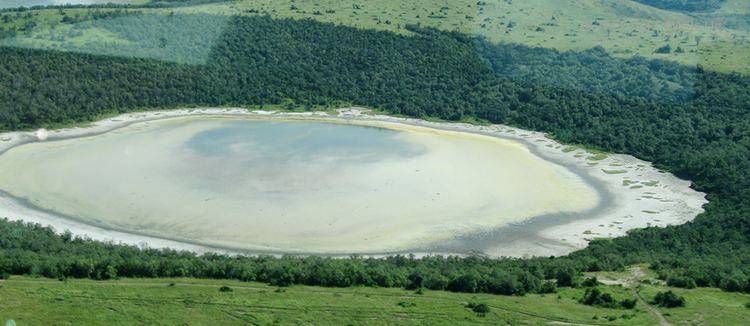Rubirizi district is nature’s paradise
Uganda is the pearl of Africa, but one would not be wrong to call Rubirizi district the pearl of Uganda. With over 50 crater lakes dotting the terrain, the area is also surrounded by three central forest reserves under the care of the National Forestry Authority (NFA) and the beautiful scenery of Q

Uganda is the pearl of Africa, but one would not be wrong to call Rubirizi district the pearl of Uganda. With over 50 crater lakes dotting the terrain, the area is also surrounded by three central forest reserves under the care of the National Forestry Authority (NFA) and the beautiful scenery of Queen Elizabeth National Park. The crater lakes in the districts include Lake Mafuro, Rwijongo, Nyanza ebiri (the twin lakes), Nyamusingiri, Rutoto and Mugogo. Over 50% of Queen Elizabeth National Park lies in Rubirizi district.
The key tourist areas of the park found in the district include the Ishasha Sector — famous for treeclimbing lions and the Kyambura Gorge. Parts of Lake Edward and the Kazinga Channel that connects lakes Edward and George also fall in this district. Other tourist attractions include natural forests of Karinju, Kasyoha- Kitomi, Imaramagambo and Strong Rock basement in Nkombe area in Rutoto sub-county.
The major economic activities include agriculture, trade and commerce, transport, stone quarrying, sand mining, mineral mining, construction, tourism and lumbering. Locals also earn from fishing in the numerous crater lakes, as well as the Kazinga Channel and Lake Edward, on the eastern part of the district. But Ritah Murungi, the district natural resources officer, says the district gets over 70% of its local revenue from tourist activities, with most tourists being foreigners.
Most of the locals earn their income directly and indirectly from the tourism and hotel industry here. Murungi’s wish is to see more Ugandans visiting the district to enjoy the beauty in this corner of Uganda’s nature paradise.
The district chairperson, David Kisembo, says much as the district has a lot of tourism potential, most of the locals have not invested much in tourism. Most of the hotels are owned by foreigners. A shining example of the crater lakes is the 50km-deep Lake Kamunzuku, commonly known as the Transparent Lake, which is about 50km deep and has an oceanblue colour. Poaching of the wildlife in the areas is on the decline, thanks to sensitisation efforts.
“The most at risk animals are hippos which are common in most of the crater lakes and it is difficult to protect them because the lakes are not in protected areas. I am told that in the Democratic Republic of Congo, a skin of a leopard costs over sh1m, so they are on high demand. But, we are discouraging the residents from the practice and some of the poachers have started realising the importance of conservation and they are handing over their hunting tools,” Kisembo said.
